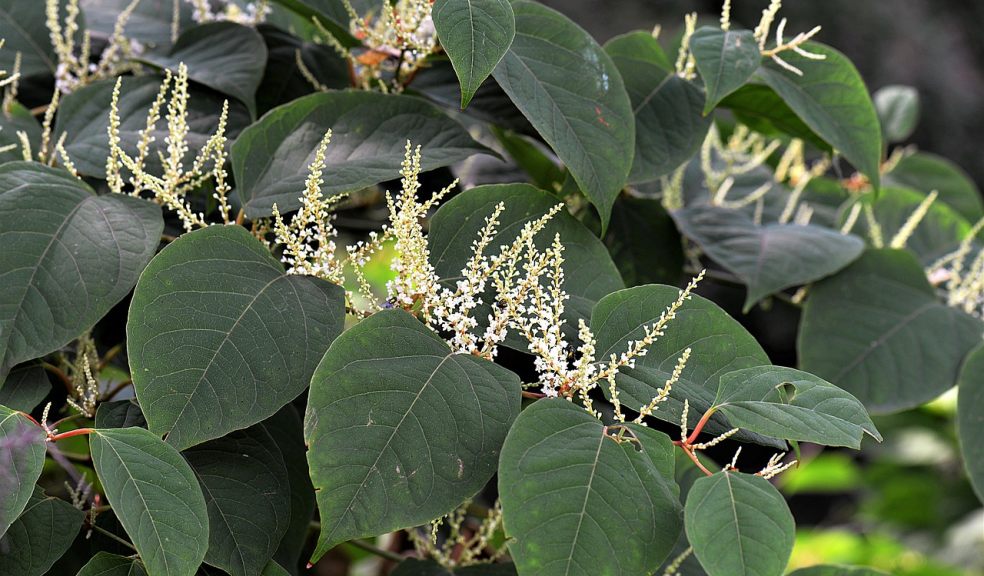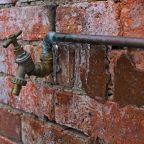
5 Tips to Deal with Knotweed
Knotweed, or Japanese knotweed, is a highly invasive plant that can wreak havoc in gardens and landscapes if left unchecked. Its rapid growth and robust root system make it a formidable adversary for homeowners and gardeners.
In this comprehensive guide, we will delve deeper into how to deal with knotweed and regain control of your outdoor space.
Tip 1: Identify the Enemy
Before tackling knotweed, you need to know what you're up against. Knotweed (Fallopia japonica) is a perennial plant native to East Asia but has become a global invasive species. Its unique characteristics make it relatively easy to identify once you know what to look for.
Knotweed typically features bamboo-like stems that can reach heights of up to 10 feet. The stems are hollow and have distinctive purple speckles. Its leaves are broad, resembling a heart shape, and they alternate along the stems. Knotweed produces small, white to greenish-white flowers in late summer or early fall.
However, the most crucial aspect of knotweed identification is its rhizome system. Knotweed spreads primarily through its underground rhizomes, extending several feet from the main plant. These reddish-brown rhizomes are the key to the plant's invasive nature. When you pull up a knotweed stem, you'll often find a tangle of these rhizomes, which can quickly sprout new plants if left unchecked.
Tip 2: Act Early
Once you've identified knotweed on your property, taking action promptly is crucial. Knotweed can spread rapidly, and the longer you wait, the more challenging it becomes to control. Early detection and intervention are key to preventing a full-blown infestation.
Begin by marking the areas where you've spotted knotweed. This will help you keep track of its growth and assess the extent of the infestation. The next step is to develop a strategic plan for eradication.
Tip 3: Chemical Control
Chemical control is one of the most effective methods for dealing with knotweed, but it requires careful planning and execution. Herbicides containing glyphosate or triclopyr are commonly used for knotweed treatment. Here's how to proceed with chemical control:
- Timing is crucial: Apply the herbicide during the plant's active growth phase, which is usually in late spring or early summer. This is when the plant is transporting nutrients from the leaves down to the rhizomes, making it more susceptible to herbicide absorption.
- Follow instructions: Always follow the manufacturer's instructions for the herbicide you choose. Wear protective gear and take safety precautions to protect yourself and the environment.
- Multiple applications: Knotweed may require multiple herbicide applications over several years to fully eradicate it. Be patient and persistent.
Tip 4: Mechanical Control
Mechanical control methods involve physically removing the knotweed from your property. This approach can be labor-intensive but can be effective if done correctly. Here are the steps for mechanical control:
- Cutting down the stems: Start by cutting down the knotweed stems to the ground. This reduces the plant's ability to photosynthesize and weakens it.
- Digging out the rhizomes: Once the stems are cut, dig out the rhizomes as deeply as possible. This can be challenging because knotweed rhizomes can extend several feet horizontally and deeply into the soil.
- Disposal: Properly dispose of the removed plant material. Do not compost it, as knotweed can regenerate from even small fragments. Instead, either burn it or send it to a municipal landfill.
Tip 5: Monitor and Maintain
After taking steps to deal with knotweed, your work isn't over. Knotweed can be persistent, and regrowth is possible. Regular monitoring and maintenance are crucial to prevent its return. Here's what you should do:
- Regular inspections: Periodically check the areas where you've dealt with knotweed to ensure there is no sign of regrowth.
- Reapply herbicides if needed: If you used chemical control methods, be prepared to reapply herbicides as necessary. Follow the recommended timing and dosage.
- Be vigilant: Knotweed can spread through rhizome fragments, so be cautious when working in infested areas to avoid inadvertently spreading it to new locations.
Conclusion
Dealing with knotweed is challenging, but with the right approach and persistence, you can regain control of your outdoor space. You can effectively manage and eliminate this invasive species from your property by correctly identifying the plant, acting early, and employing chemical or mechanical control methods.
Regular monitoring and maintenance are essential to ensure long-term success in your battle against knotweed. With these comprehensive tips, you'll be well-equipped to tackle this relentless intruder and protect your garden and landscape.













